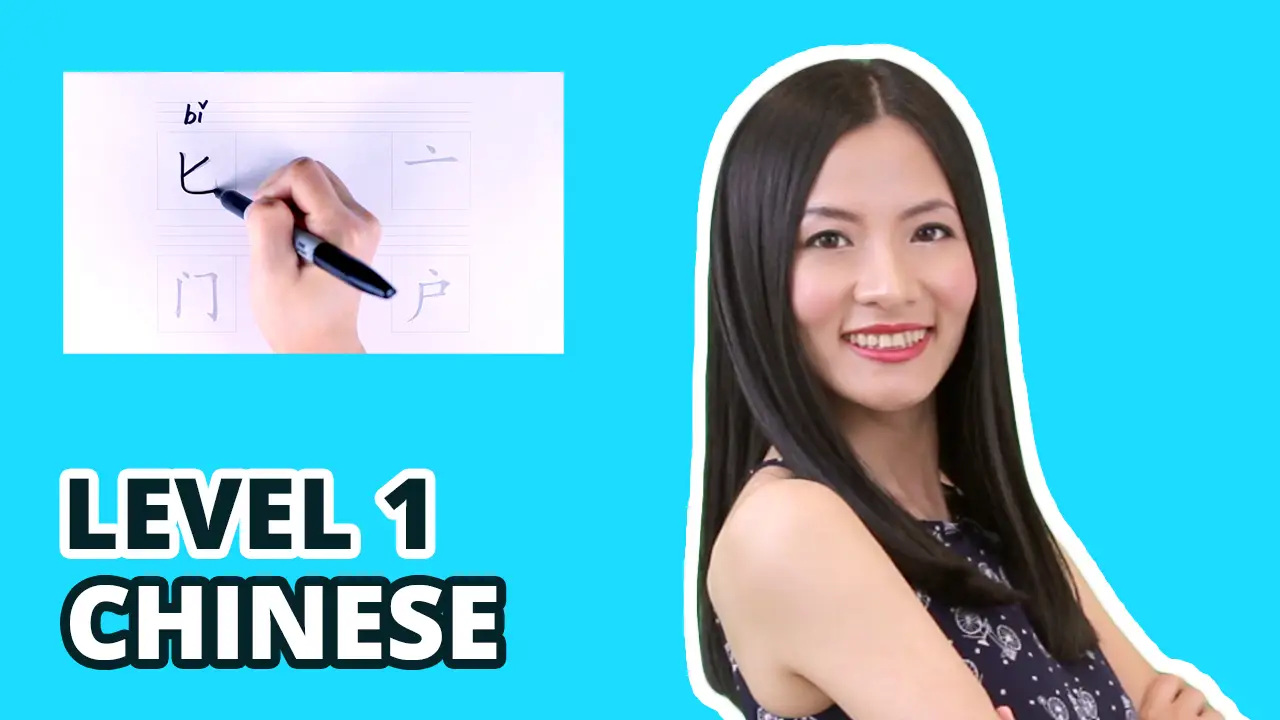Level 1 Lesson 4.2 – Characters: 想买卖行叶
How To Write Chinese Characters For To Buy And To Sell
In this video lesson we'll learn Chinese characters xiang, mǎi, mài, xing and ye. We'll learn how to write the characters and also learn their Radicals and their constructions.
- Chinese Radicals: 乙 十
- Chinese Characters: 想 买 卖 行 叶
CHINESE RADICALS
CHINESE CHARACTERS
4 Comments
Leave a Reply
You must be logged in to post a comment.

Hi laoshi
Great course! Isn’t shí 十 also in yè 叶?叶 seems to be a left/right character with 十 on the right side. Please let me know. If not, why not, if it looks exactly like 十?
Thanks for your answer.
Best, Omid.
I got tripped on the tones of 买 vs 卖 in this quiz. I need to get better at listening to tone differences.
Quick question: when character 叶 for instance is written, kou is written as a tall rectangle. But when you wrote it, kou is a square. What is the rule? When is kou a square and when is a rectangle?
Hi, I’m glad you noticed the differences. It’s the fonts that cause the differences. Just like English letters, there are mainly two types of fonts for Chinese characters, Sans-serif and serif. Serif looks more like real handwriting than sans-serif. For example the Chinese font shown on an iPhone is Sans-serif, and when people write characters, usually the proportion and angle of strokes don’t look like that. The font we use in the video is called “楷体 kǎitǐ”, it’s probably the most commonly used serif font for Chinese characters and it is based on standard Chinese calligraphy handwriting. We have a course on how to write Chinese characters and it comes with 22 writing sheets and guide videos. It covers handwriting forms of single strokes and proportions too. It’s included in the premium content, please feel free to check them out!